Spring
Spring is the main planting season in Canberra. The timing of some plantings may need to be varied depending on the particular year.
Be prepared to protect your frost tender seedlings, as harsh frosts can occur right through spring. Make your own cloches from plastic bottles with the bottoms cut out, or use row covers for larger plantings.
What to Grow
The following planting table shows varieties suitable for sowing or planting during the months of September, October and November.
Click on the month in the table header to sort varieties based on the month of planting or sowing.| VARIETY | S | O | N |
|---|---|---|---|
| Asparagus | S | S | S |
| Beetroot | S | S | S |
| Broccoli | - | - | S |
| Brussel sprouts | - | S | S |
| Cabbage | ST | ST | ST |
| Capsicum* | - | S | ST |
| Carrots | S | S | S |
| Cauliflower | - | - | S |
| Celery | S | ST | ST |
| Cucumber* | S | S | ST |
| Eggplant* | S | S | T |
| Endive | - | - | S |
| French beans | - | S | S |
| Globe artichoke | T | T | - |
| Jerusalem artichoke | T | - | - |
| Leeks | ST | ST | T |
| Lettuce | ST | ST | S |
| Melons | S | S | ST |
| Onions | T | T | - |
| Parsnips | S | S | S |
| Peas | S | S | - |
| Potatoes | S | S | S |
| Pumpkins | S | S | ST |
| Radish | S | S | S |
| Rhubarb | T | T | - |
| Silverbeet | S | S | ST |
| Snow peas | S | S | S |
| Spinach | ST | ST | - |
| Squash* | S | S | ST |
| Sweet Corn | - | S | ST |
| Tomatoes* | S | S | ST |
| Turnips | S | - | - |
| Zucchini* | S | S | ST |
S = seed sowing; T = transplanting
* When planting these seeds before November, the seed should be started in punnets indoors and the young seedlings kept in a warm sheltered place. Plant out the seedlings once the soil has warmed and the danger of frost has passed.


Growing Notes
Using Seeds
When direct planting with small seeds, eg carrots, bulk out first by mixing the seeds with sand. You can help the plants pre-germinate by keeping them in moist sand for about 4 days before planting out (do not let them actually germinate).
When planting out large seeds, e.g. pea or corn, soak overnight in a weak seaweed solution prior to planting; alternatively, keep seeds moist between 2 pieces of kitchen paper for 3 to 4 days until seeds germinate, then plant out carefully. This is particularly useful if you are not sure of the seed’s viability.
Check your seed packets for their use-by date as poor germination may result from planting after that time, or plants may show a lack of vigour when the seedlings come up.
A seed should be planted at a depth 2 to 3 times its diameter, although it is better to plant too shallow than too deep.
Crop Rotation
Remember to rotate the crops you grow in a particular garden bed. Crop rotation is a most important practice for organic gardeners. Successive crops should not come from the same plant families nor make the same demands on nutrients ie follow heavy feeders with light feeders.
Also, successive crops should not share the same diseases or attract the same pests – this prevents a build up of disease problems, and reduces losses from pests.
There are numerous crop rotation schemes used, but try to keep to at least a 3 – 4 year rotation period and do not grow members of the same plant family in the same bed in consecutive years eg tomatoes, capsicums, eggplants and potatoes are all from the solanum family.

Plant Varieties
It is important with crops such as cabbage and lettuce to choose the appropriate variety for the time of year. Lettuce varieties best suited to early spring are Cos, Salad Bowl, Butterhead and Mignonette.
